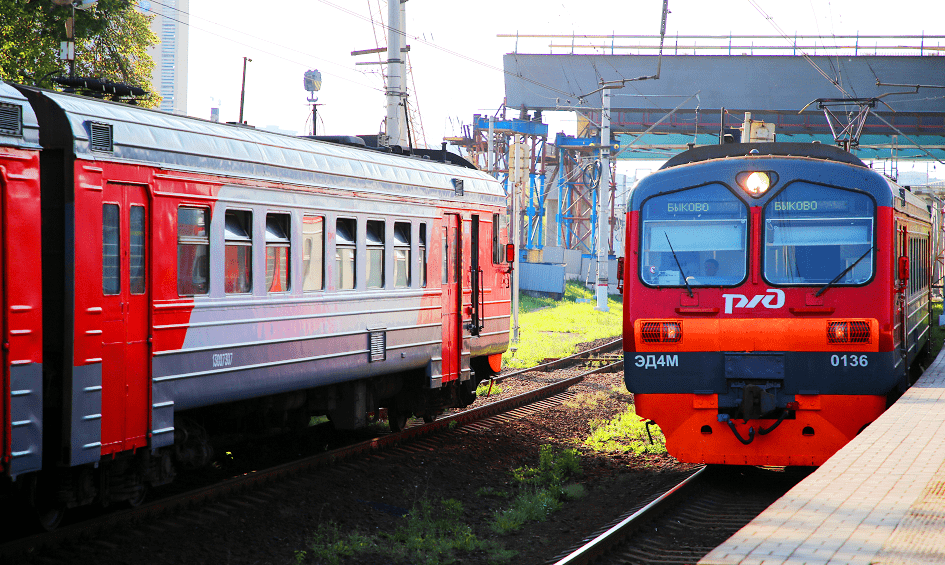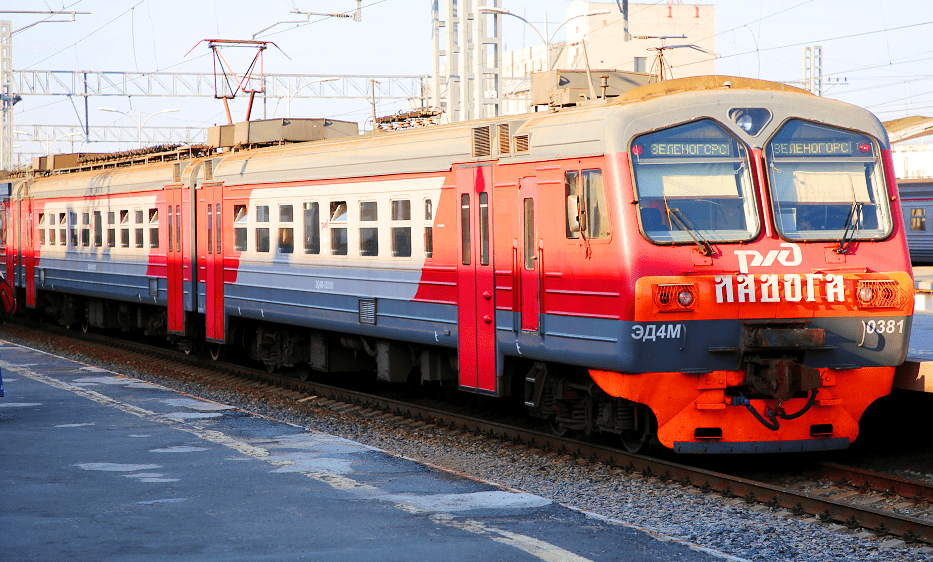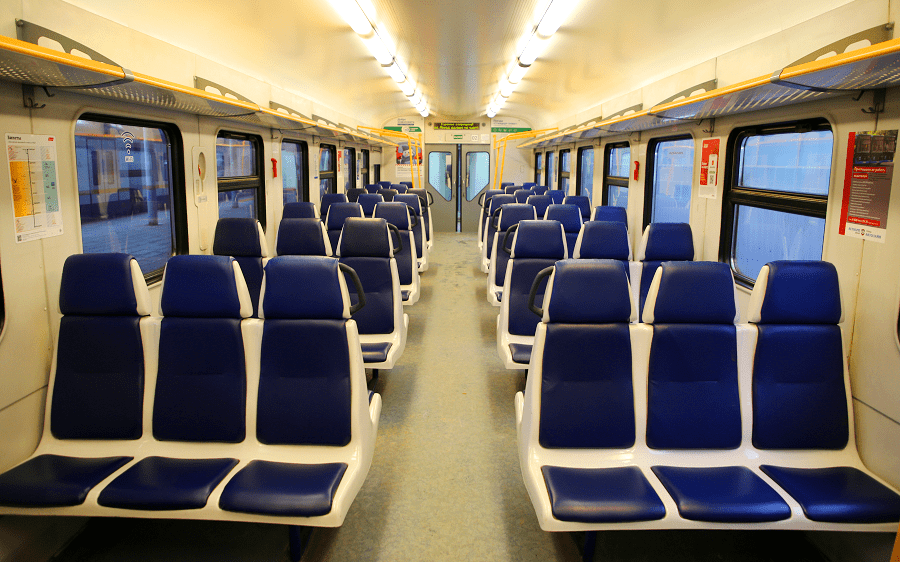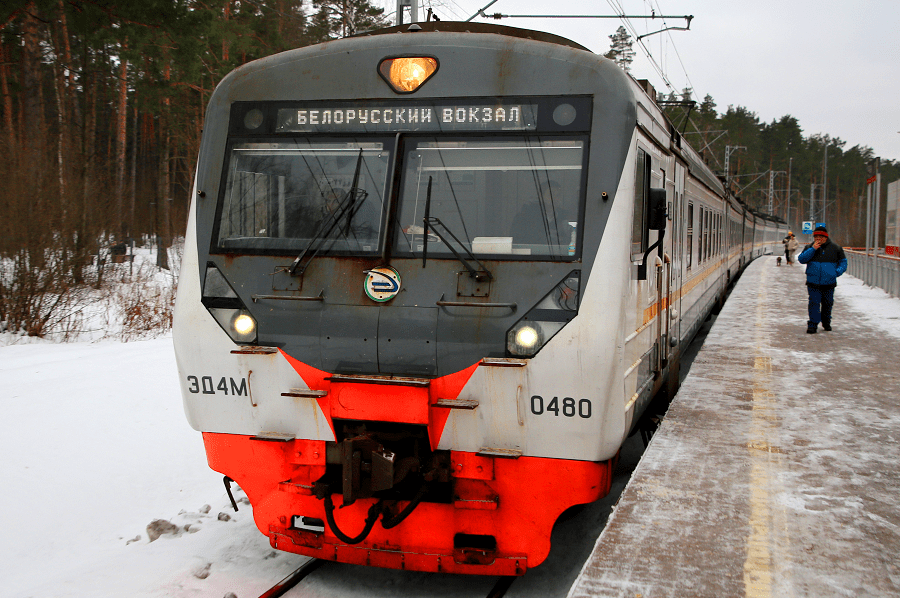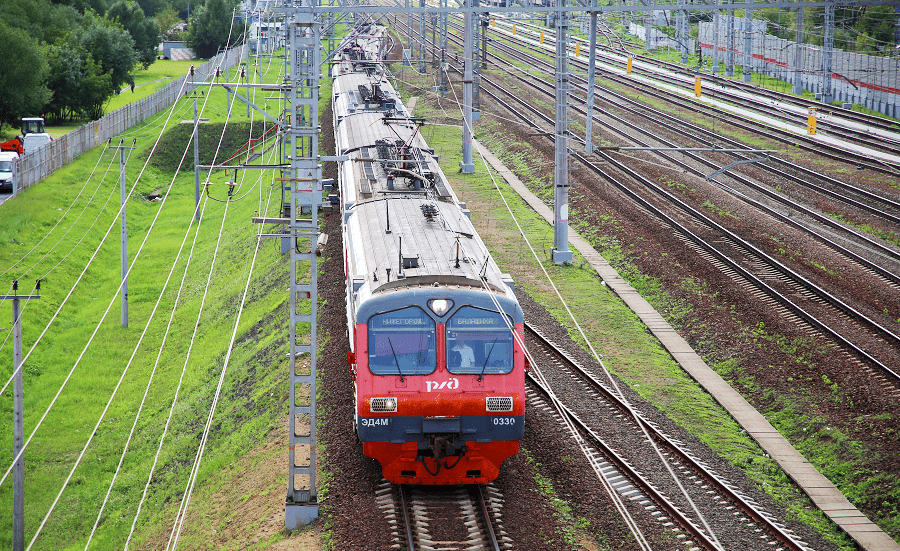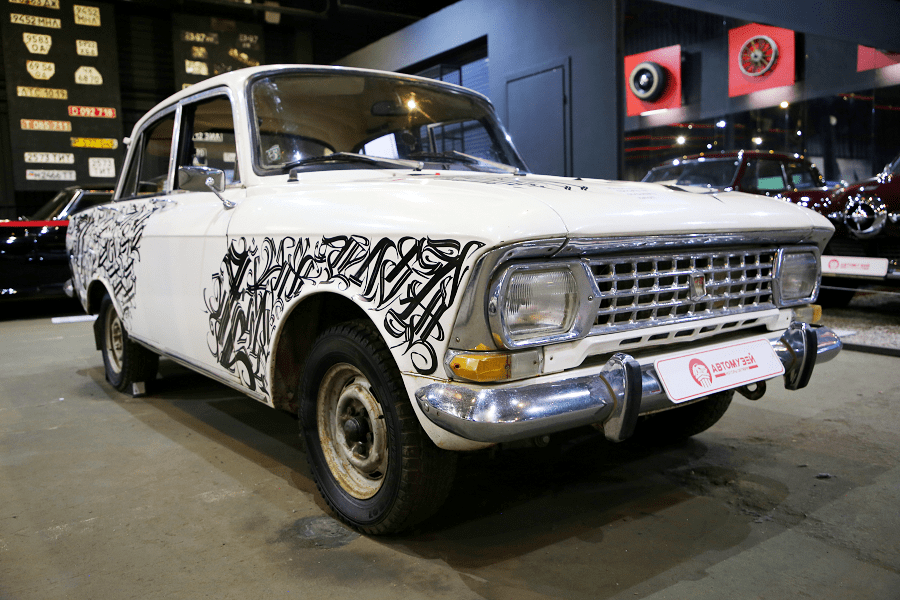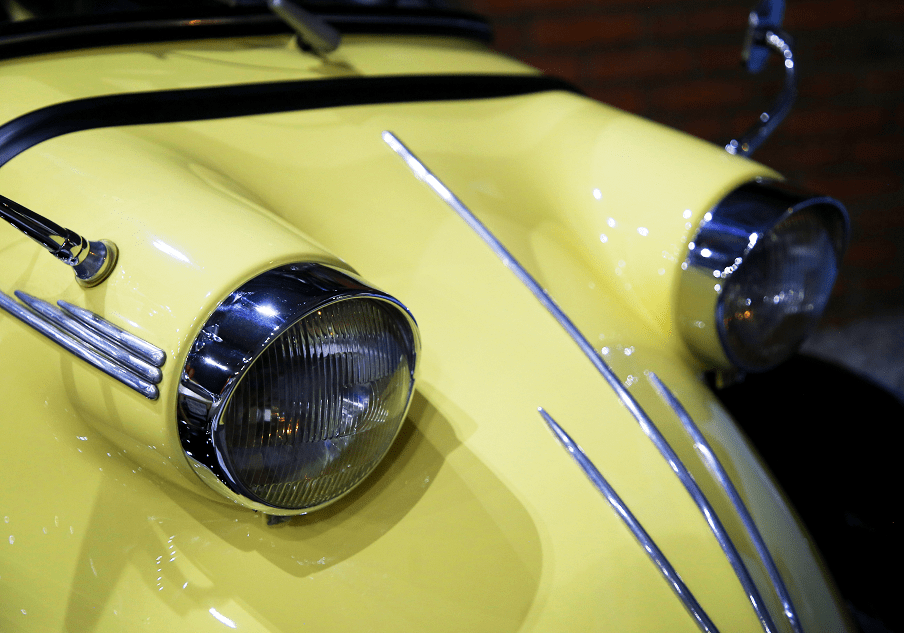ED4M
ED4 (Demikhovsky Electric Train, 4th type) is a series of Russian DC electric trains produced from 1996 to 2016 at the Demikhovsky Machine-Building Plant (DMZ) for the railways of Russia and the states of the republics of the former USSR.
Almost simultaneously with the transition to Russian electrical equipment, DMZ began a general modernization of serial electric trains (both direct and alternating current). The very next composition of the series (with number 0002) received the type designation ED4M (modernized). Subsequently, it was the ED4M that made up the vast majority of electric trains in the series and ended its production, despite the appearance and parallel construction of several more modifications of the ED4. During production, changes were gradually made to the ED4M design, sometimes not accompanied by changes in the designation index and the range of serial numbers, so we can conditionally divide all ED4M trains (with the exception of ED4M with No. 0500, which are classified by the manufacturer as a separate type) into two main groups. Further in the text they are designated as ED4M early releases and, accordingly, later releases.
In 1997, three electric trains were produced: ED4M (numbers 0002, 0003 and 0004). These trains, compared to ED4, had a completely new driver’s cabin with a modified frontal shape, developed based on an analysis of trends in the shaping of domestic and foreign types of rolling stock. The ergonomic characteristics and technical equipment of the cabin have also undergone changes (the driver’s seat has been updated, instrumentation has been added, a floodlight has been improved, etc.). Small changes also affected the passenger compartment.
ED4M-0482 in the white-gray-yellow coloring of the governor’s program “Our Moscow Region”
The electric trains were sent for operation to the Pererva depot of the Moscow Railway (MZD). In 1998, ED4M-0004 underwent control tests on the experimental ring of VNIIZhT. The ED4M electric trains were equipped with sets of electrical equipment produced by NEVZ, traction motors produced by JSC Sibstankoelektroprivod, JSC Elektrosila (St. Petersburg) and REZ, high-speed switches produced by both NEVZ and REZ.
Some of the later built ED4M electric trains were also equipped with REZ electrical equipment, but the number 1 after the letter M was no longer placed. Since 1999, DMZ has produced ED4M trains with TED produced by JSC Elektrosila, and since 2001 – also with similar Riga high-speed switches (also produced by JSC Elektrosila).
Subsequently, starting with numbers 0012, 0013, 0015 and further, the plant switched to serial production of ED4M electric trains. In addition to full-fledged trains, the plant also produced individual electric cars.
ED4M trains of early releases were produced with minor changes until 2012, and since 2009 – in parallel with the ED4M trains of later releases that appeared this year. The carriages of the later production trains differed from the early releases, mainly in the installation of backlash-free coupling devices (BSU-TM) for inter-car connections together with sealed inter-car transitions, as a result of which they became incompatible with the ED4M carriages of the early releases.
At the same time, classic sliding entrance doors gave way to leaning-sliding ones, which were often designed for exits only to high platforms. Later production trains were also produced with some periodic changes, the most notable of which was the 2012 revision of the driver’s cab mask design.
The last composition of this type, released in May 2016, was ED4M-0496; it also became the last electric train of the entire ED4 series. Subsequently, the Demikhovsky plant began producing the updated EP2D model instead of the ED4M.




